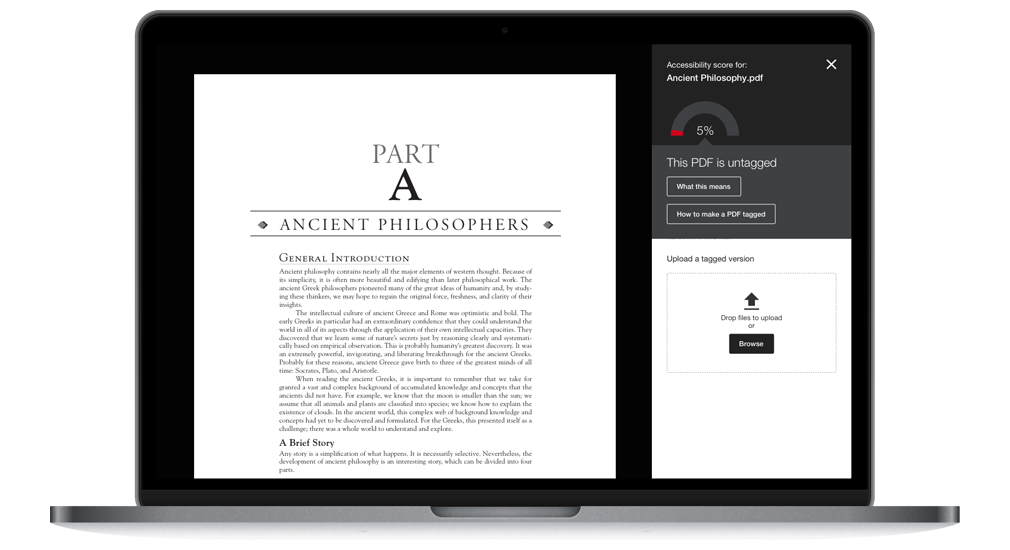Complete accessibility in education is closer than ever. Technology has cut down the cost of learning resources, and social awareness has motivated a sensible integration of new educational tools.
Image: Bigstock.
Accessibility is an essential subject on education these days, the biggest tech companies like Apple, Google and Microsoft know that. They have worked extensively to make more and better products that can lead to a more inclusive learning experience.
In 2017 Microsoft launched a course for teachers, that guides them to use Microsoft Office’s tools to make the learning resources accessible for everyone. Apple has developed text to speech apps, compatible with educational platforms. Google published a document in its site, with detailed information to help developers to build accessibility into their apps for educational purposes and other uses.
Everyone is doing their part to secure a more inclusive future. Nowadays, the educational landscape is changing, influenced by its best achievements and its most persistent challenges.
A push to be better
In the United States, accessibility in all fronts, not just education, is considered a civil rights issue. On the other hand, technology advancement, has reduced the learning resources’ production cost, those two factores can be credited for the progress in the effort to integrate all students equally.
There has also been a growing interest and awareness towards options for everyone, able or not. Technology providers are highly motivated to offer more friendly and inclusive resources in which accessibility tools can be found and used easily.
The social dimension
Back in the day, the biggest obstacle to integrating more accessible learning tools was the cost. Now, thanks to more advanced technology we can talk about affordable products that schools can include in their budgets without going overboard.
Still, the challenge to move forward into a more inclusive learning environment persist, social stigma is the new enemy. The fine line between integrating and excluding remains a big problem.
Outdated ideas like Special Education or the creation of spaces that are not fully integrated with the rest of group, may give some students tools to help them learn, but they will take away their sense of belonging, this can result in those students rejecting the resources they need to be on par with their able classmates.
data-animation-override>
“Students would rather go without (accesibility resources) than stand out. ”
Luis Perez, technical assistance specialist at the National Center on Accessible Educational Materials, comments on students’ resistance to using a resource that would make students feel isolated.
Complete inclusion only happens when the accessibility tool is entirely built into the educational platform and does not stand out at all. That way, no student would feel singled out when they are trying to work with the same software all their other classmates use.
To fully integrate this idea in the way we produce learning content is instrumental if we want to keep moving forward to an equal learning experience for everyone.
As we get closer to XXI century’s third decade, subjects like social justice and empathy are getting more widespread, opening the way to a future in which better ideas lead us to a more inclusive educational environment.
This article from Observatory of the Institute for the Future of Education may be shared under the terms of the license CC BY-NC-SA 4.0 
)
)









)
Sofía García-Bullé
Edu News
Sofía García-Bullé
Edu News
Sofía García-Bullé
Edu News